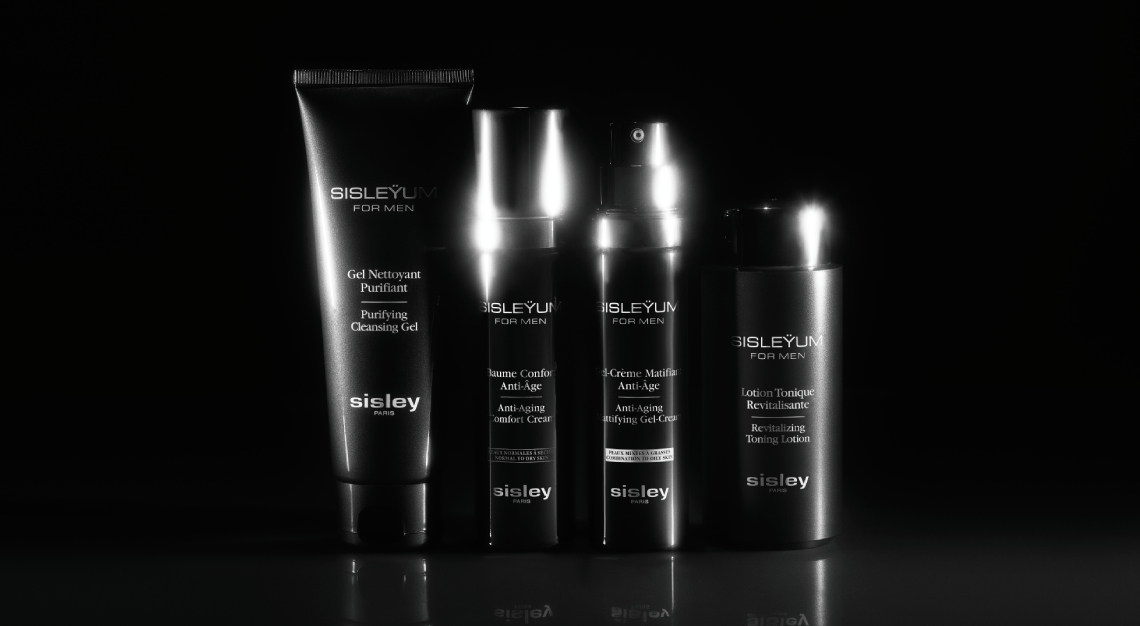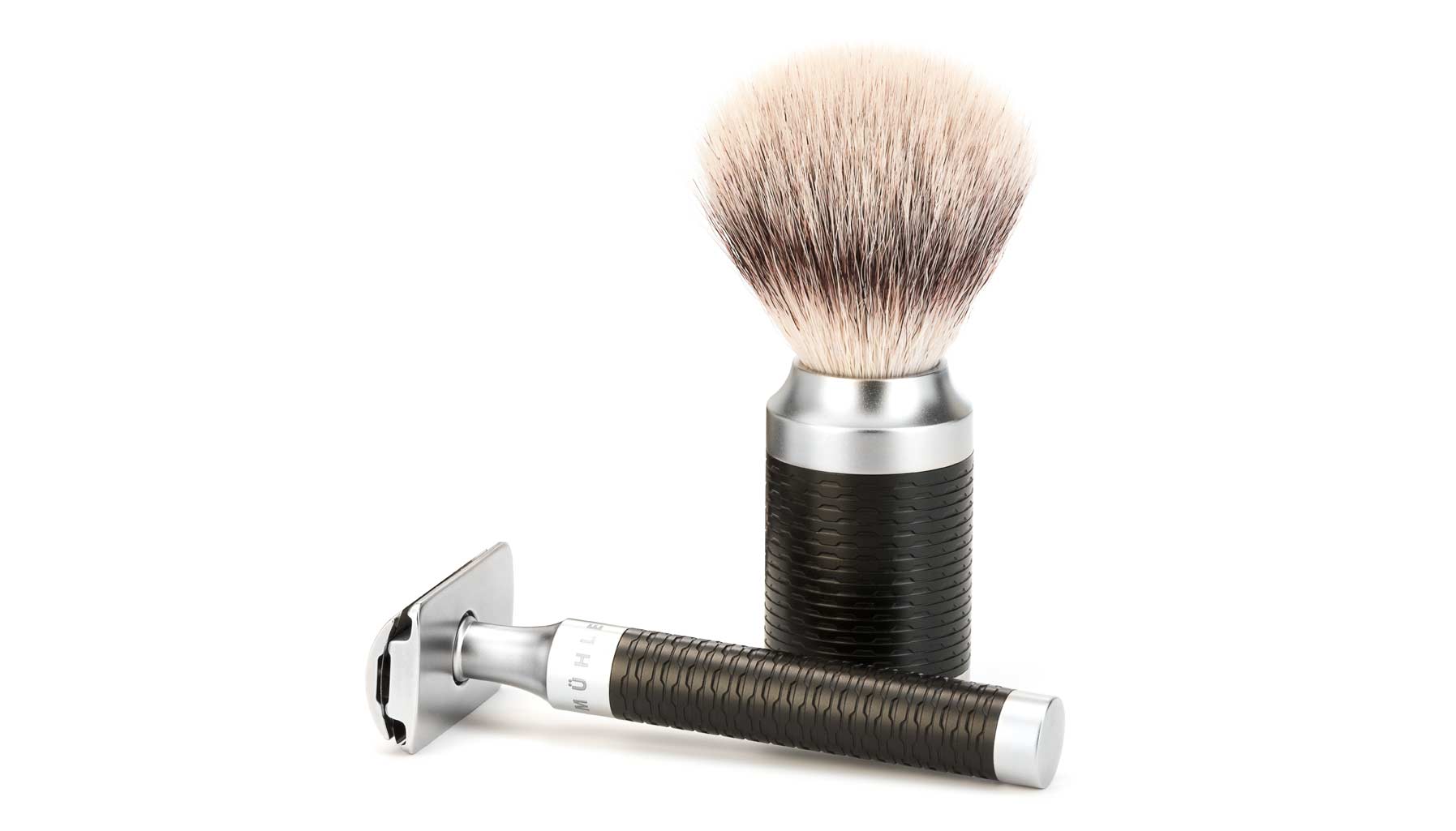These options will keep your skin clear and blemish-free
Smooth, soft, bright and clear: These are four adjectives that describe the ideal state of one’s skin and complexion. No rough patches, no splotchy or one-off discolouration and no clogged pores or breakouts on the menu. In extreme cases, achieving this equilibrium requires careful advice and observation from a board-certified dermatologist, but oftentimes, you can get to this point with a good skin care regimen at home—and one that centres on using the best exfoliator for your specific needs and skin type.
It’s that last part—finding an exfoliator that fits your specific requirements—that needs special attention. That’s because a standard, everyday gritty cleanser might do the bare minimum, which suits certain people but not others. If you are extremely oily-skinned and acne prone, for example, you’ll benefit from a chemical exfoliant (and even then, there are different options).
What’s the key difference between a physical and chemical exfoliant? The former uses microfine beads, granules (like jojoba beads, sugar or salt) and even some grains and powders to lift away dead skin and prevent inconsistencies and breakouts. The latter, chemical exfoliants, typically use hydroxy acids (alpha, beta or poly) to break down dead skin cells, and some (like beta hydroxy acids, namely salicylic acid) even seep into the pores themselves to flush out excess oil build-up and temper sebum production.
Read on for our recommendation of the best exfoliator for your specific skin type and needs. What is less important here is how you administer the exfoliant—since some prefer to combine it with a cleanser, while others apply a standalone scrub, lotion or serum. That’s all up to you; instead, we will focus on choosing a physical vs. chemical option, and specify the type of ingredient to look for in each case. You might find more than one, or notice that your needs fall into more than one bucket.
If you prefer a minimalist regimen: Try a twice-weekly gritty scrub
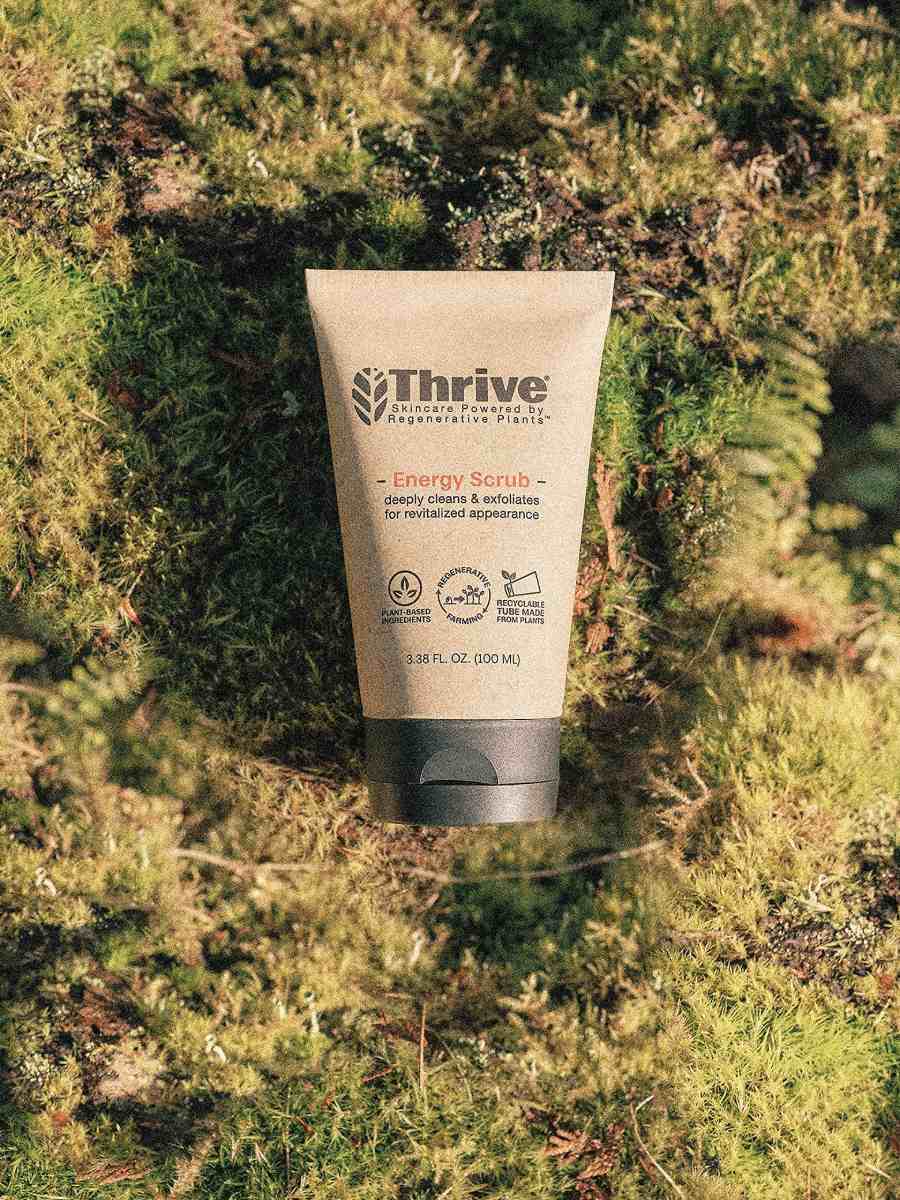
Thrive Face Scrub With Jojoba Beads and Coffee Grounds
Exfoliating is part of the baseline skincare regimen, which should also include cleansing and moisturizing. And, as we teach it at this baseline, you should incorporate a gritty scrub into your regimen twice a week, in between your cleansing and moisturizing steps. This should go a long way in terms of keeping your skin smooth without over-irritating it. Just make sure that the scrub actually has a grit to it, as opposed to a paltry amount of beads inside a cleansing product. Stick with a standalone exfoliator to make sure it’s effective.
If you have sensitive skin: Use a ‘microfoliant’ powder or gentle daily scrub
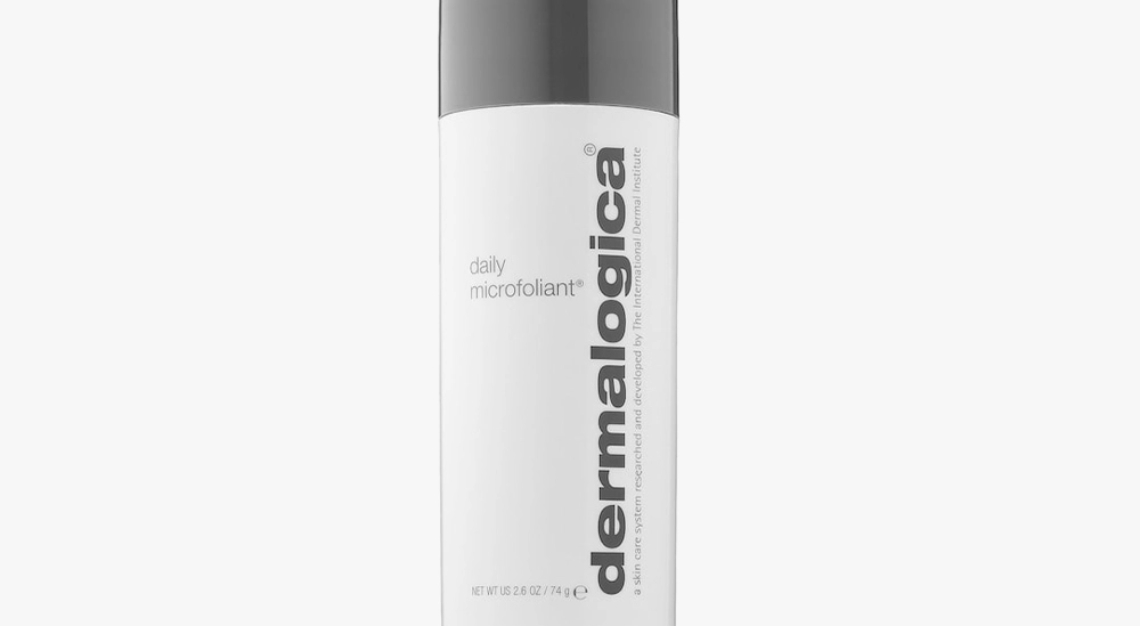
Dermalogica Rice-Powder ‘Microfoliant’ Cleanser
Folks with sensitive skin will likely react poorly to harsh, gritty scrubs and biting acids. These individuals should get their exfoliation benefits from a daily-use, gentle exfoliating cleanser, or a hyper-cradling option like a rice powder ‘microfoliant’ for ultra-fine buffing. This type of product will buff away with far less intensity, but the continued daily impact will provide sufficient smoothing.
If you have dry skin: Use a glycolic acid product
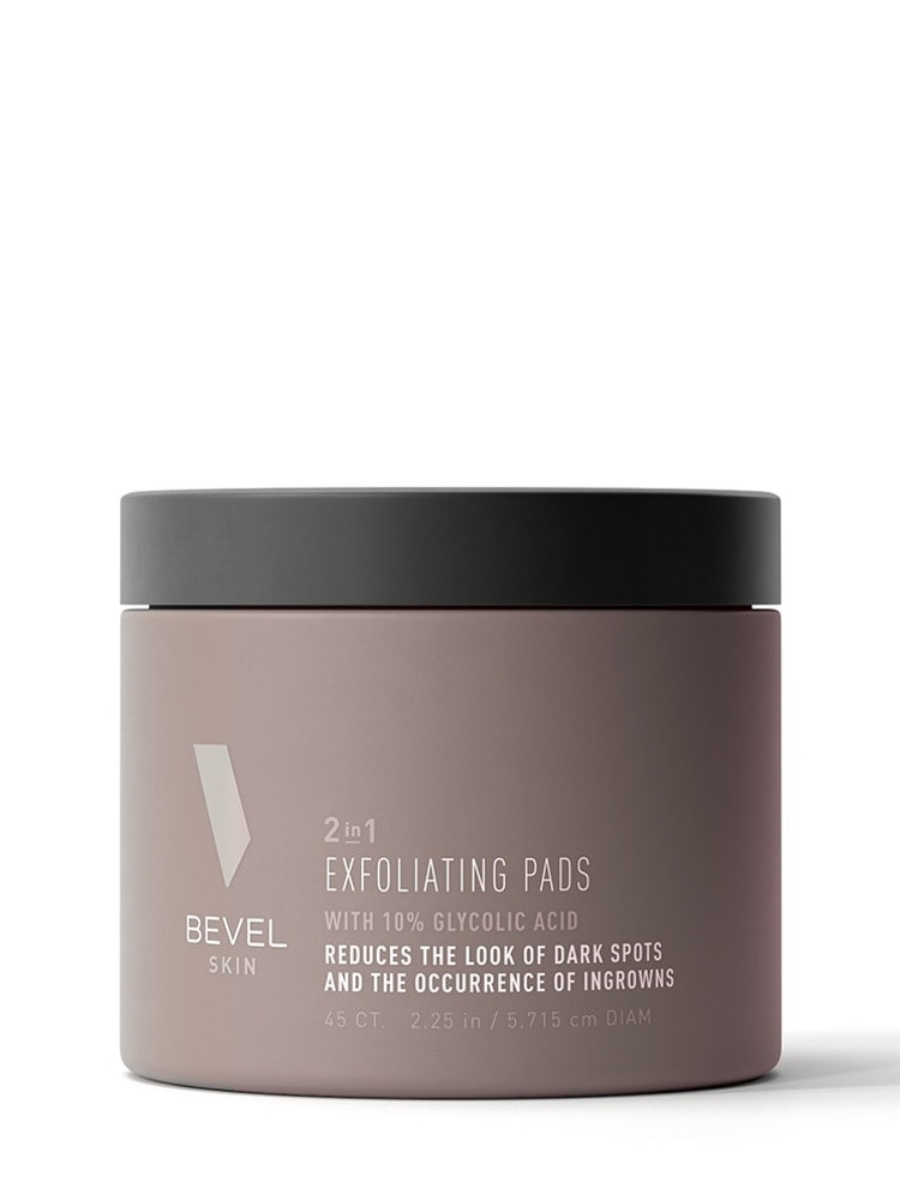
Bevel 2-In-1 Exfoliating and Toning Pads With 10% Glycolic Acid
Dry skin demands extra exfoliation to smooth out its common rough patches. A chemical exfoliant will do this task better than a physical scrub, simply because it can break down the dead skin over a period of time rather than during the actual application. And the best ingredient for this is glycolic acid, an alpha hydroxy acid, which can penetrate the top layer of skin and “correctively” teach skin to retain its hydration. High-grade products (with over five percent glycolic acid) can even help skin retain its firmness and resilience.
If you have oily skin: Use a scrub and BHA product
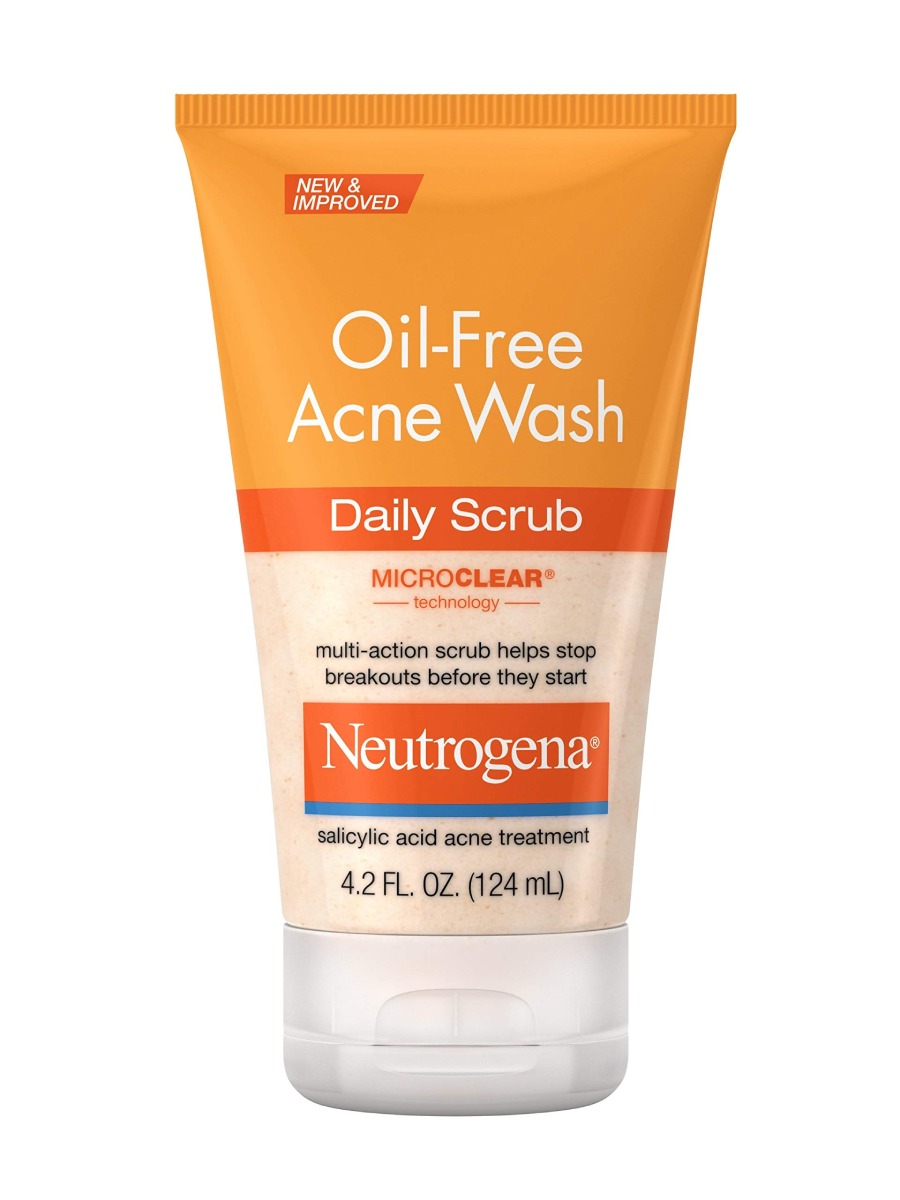
Neutrogena Oil-Free Face Scrub With 2% Salicylic Acid
Oily skin demands a double-down effort from a physical scrub and a beta hydroxy acid. The latter will almost always be salicylic acid, which seeps into the pores and unclogs them while balancing sebum production. As for a scrub, you can choose either of the above two options (the daily gentle route, or the gritty twice-weekly option). This will prevent dead skin from clogging pores. Some people also swap out the physical scrub for an alpha hydroxy acid exfoliant (lactic acid or glycolic acid); it’s often a matter of preference. Just make sure to get some form of buffing, and pair it with salicylic acid.
If you have acne-prone skin: Use a dual AHA-BHA product…
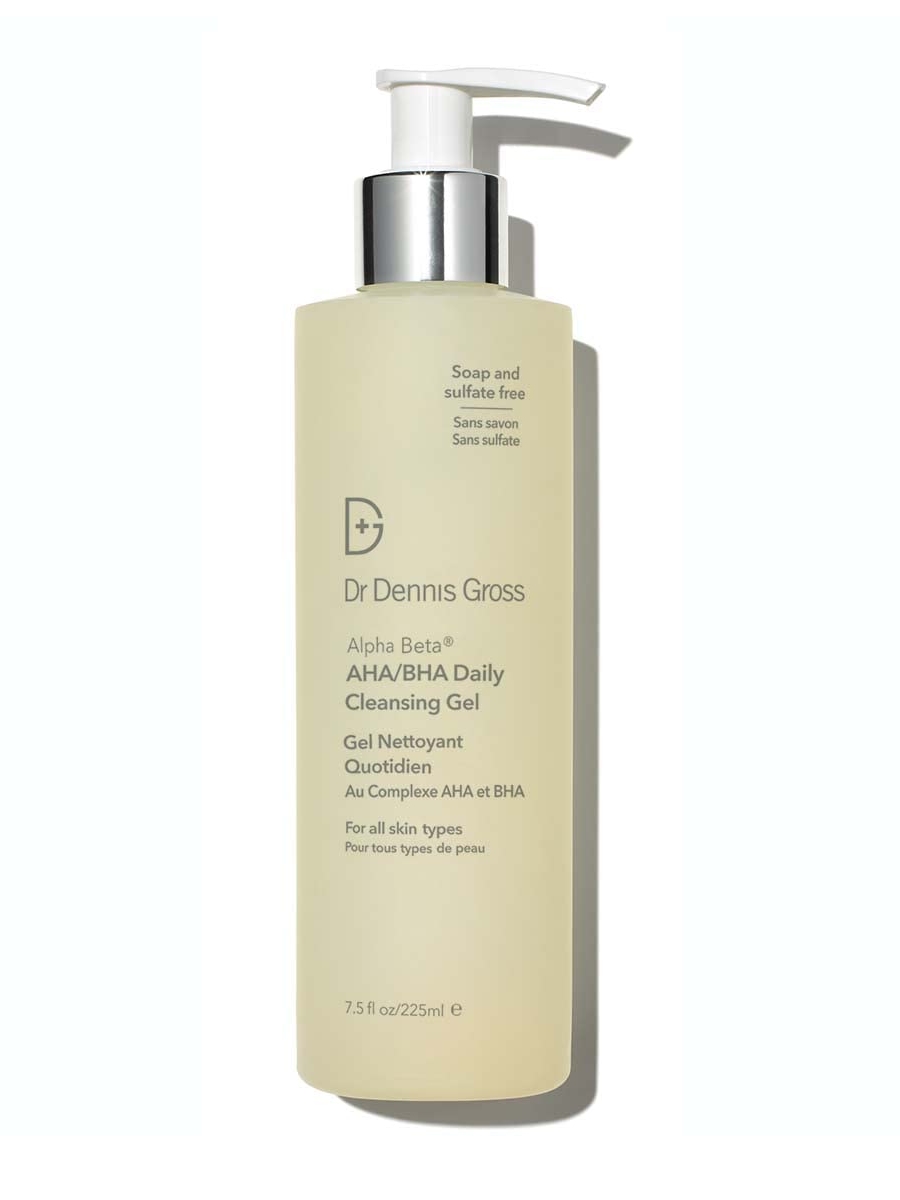
Dr. Dennis Gross Alpha + Beta Hydroxy Acid Cleanser
… plus a targeted BHA spot treatment
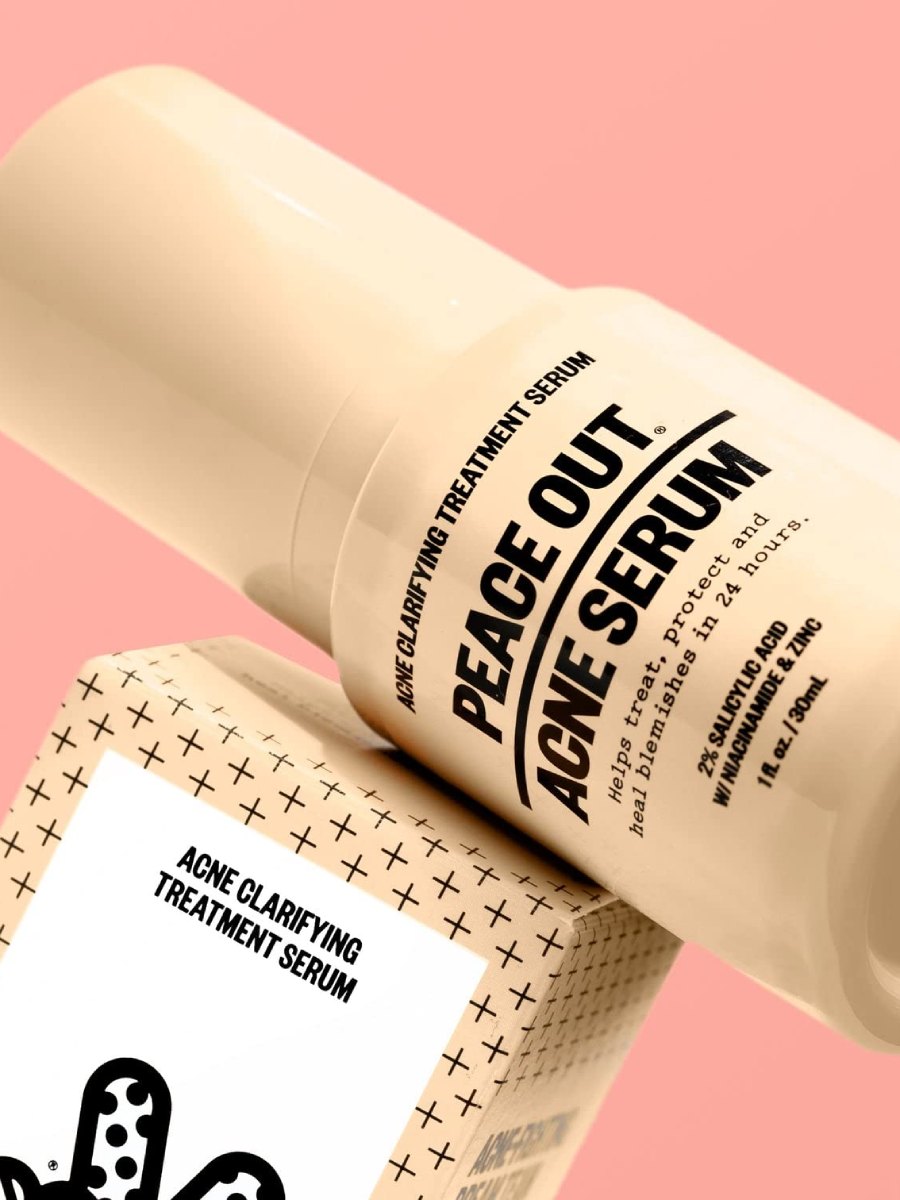
Peace Out Salicylic Acid Spot Serum
People with acne can fall into any of the above buckets (and if they have sensitive skin, they are a special kind of case, which is addressed below). But the key here is this: If you have active acne, you do not want to physically scrub your pimples, which can aggravate them and create lesions or even scarring. Instead, you want to treat the problem with a chemical exfoliant—one combining alpha and beta hydroxy acid. We also suggest using a targeted salicylic acid spot treatment on any blemishes, to help dissolve the sebum trapped inside the pimple and promote faster healing.
If your acne-prone skin is also sensitive: Use a polyhydroxy acid (PHA) product and a BHA spot treatment
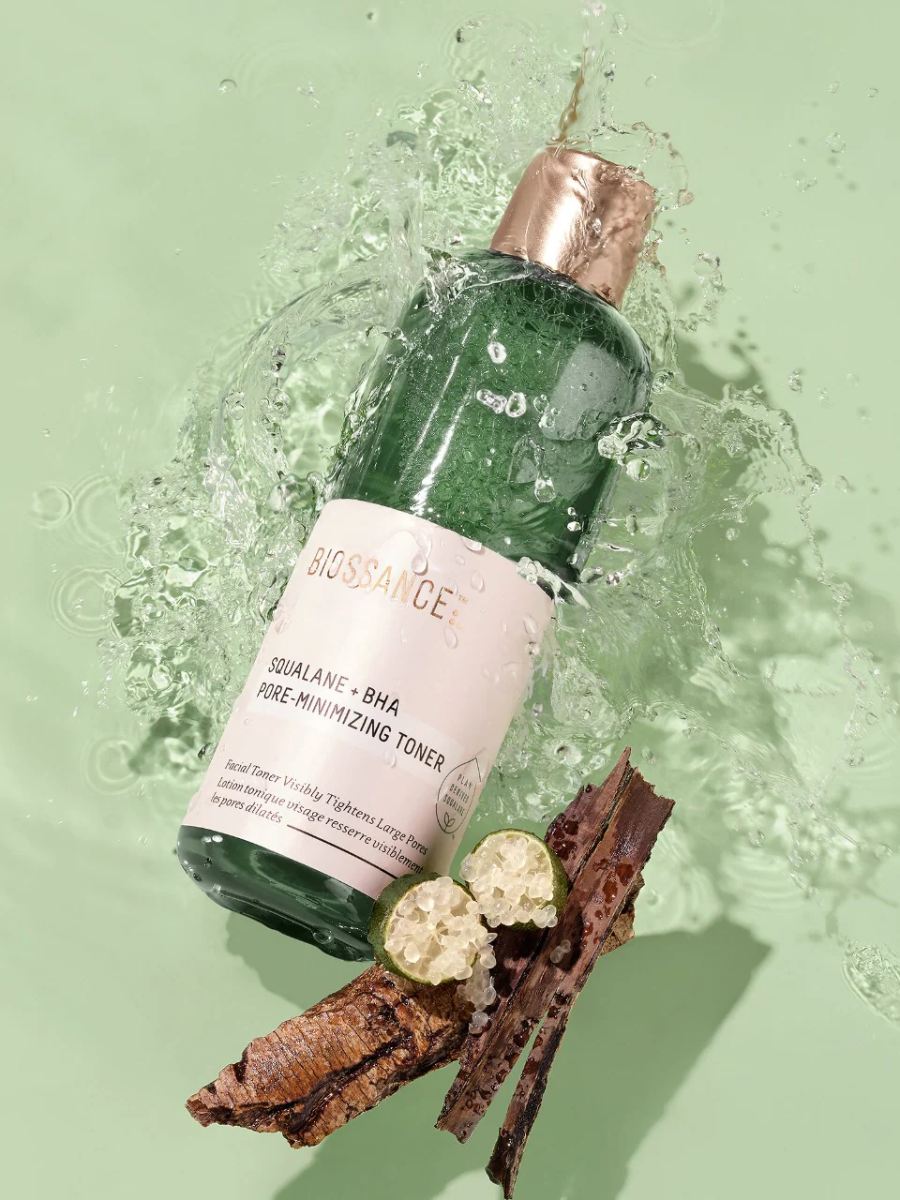
Biossance PHA + Squalane Toner
Polyhydroxy acids (like gluconolactone, galactose and lactobionic acid) are a gentler alternative to alpha and beta hydroxy acids, since they have larger molecules and don’t penetrate the skin. Instead, they exfoliate at the surface and are far less abrasive on sensitive folks. Use these to smooth your acne-prone skin on the regular, and then target any blemishes with a salicylic acid spot treatment (like the one touted in the previous tip).
If you experience hyperpigmentation: Combine mandelic acid and a physical scrub
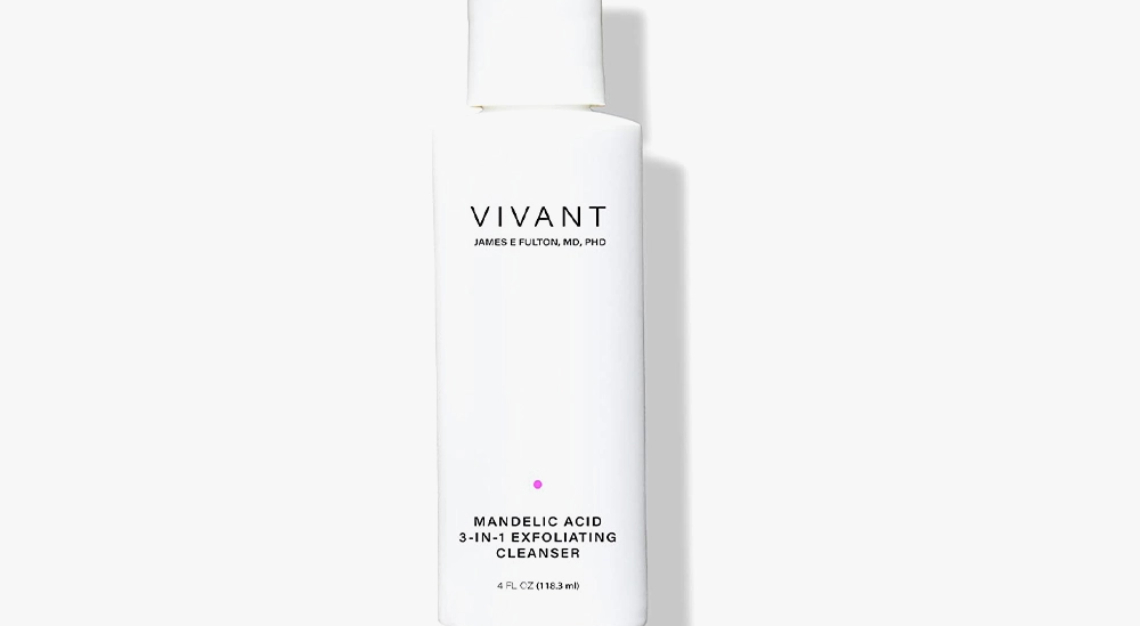
Vivant Mandelic Acid Exfoliating Cleanser
Mandelic acid is a type of AHA that helps brighten skin and fade sun spots, dark spots, melasma and acne marks. Pair a mandelic acid product with a physical scrub (like the ones listed first in this list) for a two-tiered defence against hyperpigmentation, to help expedite skin turnover and promote your brightest, smoothest mug.
This article was first published on Robb Report USA



